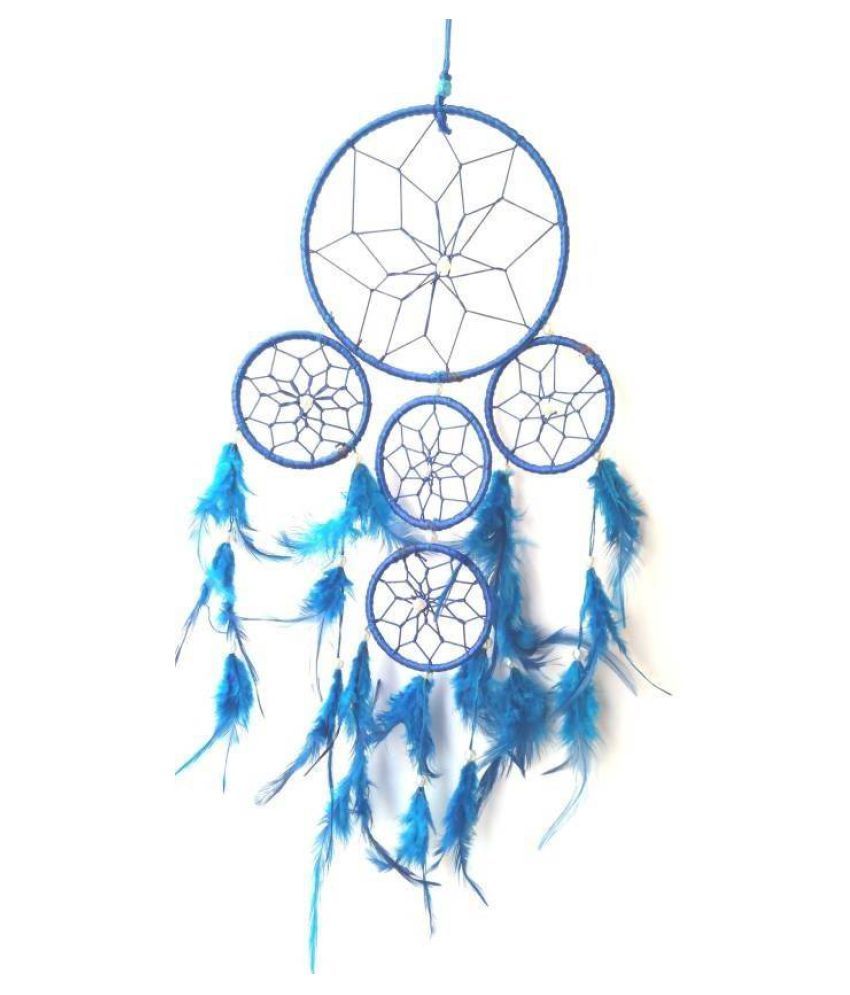SHINDHI COLLECTION Good dreams are sure to come along if you hang a dream catcher above your bed. In Native American culture, dream catchers are handmade crafts that consist of a round hoop (often made of willow wood) woven with a loose web of yarn and decorated with beads and feathers hanging below the hoop. Dream catchers got their start in the Ojibwa (Chippewa) Nation. Over time, though, they caught on with most other Native American peoples. Today, they often serve as a symbol of Native American culture in general. Dream catchers were hung above the beds of sleeping children to protect them from bad dreams and evil spirits. Legends held that the spider web design of the dream catcher would allow good dreams to pass through and float down the hanging beads and feathers to sleeping children. Bad dreams, however, would be caught in the web. As the first rays of the morning light hit the dream catcher, the bad dreams would disappear. Children sleeping under a dream catcher would thus be protected from nightmares. Others interpret the dream catcher's function in a different way. Some believe instead that bad dreams pass through the holes in the web and exit out the nearest window. The good dreams, on the other hand, get caught in the web and slide down the beads and feathers to the sleeping child below. However dream catchers are believed to work, their underlying meaning and symbolism remains the same. They serve a protective purpose. Those who believe in them think that they act as a filter for dreams, directing the good dreams to the sleeper and deflecting the bad dreams away. Traditional dream catchers are made with eight points where the web attaches to the hoop. These eight points represent the eight legs of a spider. The spider symbolizes energy, wisdom and learning. For some Native Americans, dream catchers have a broader meaning than just the legends related to dreams. For these people, dream catchers are totems that represent good energy and help to neutralize bad energy — whether you're awake or asleep!

